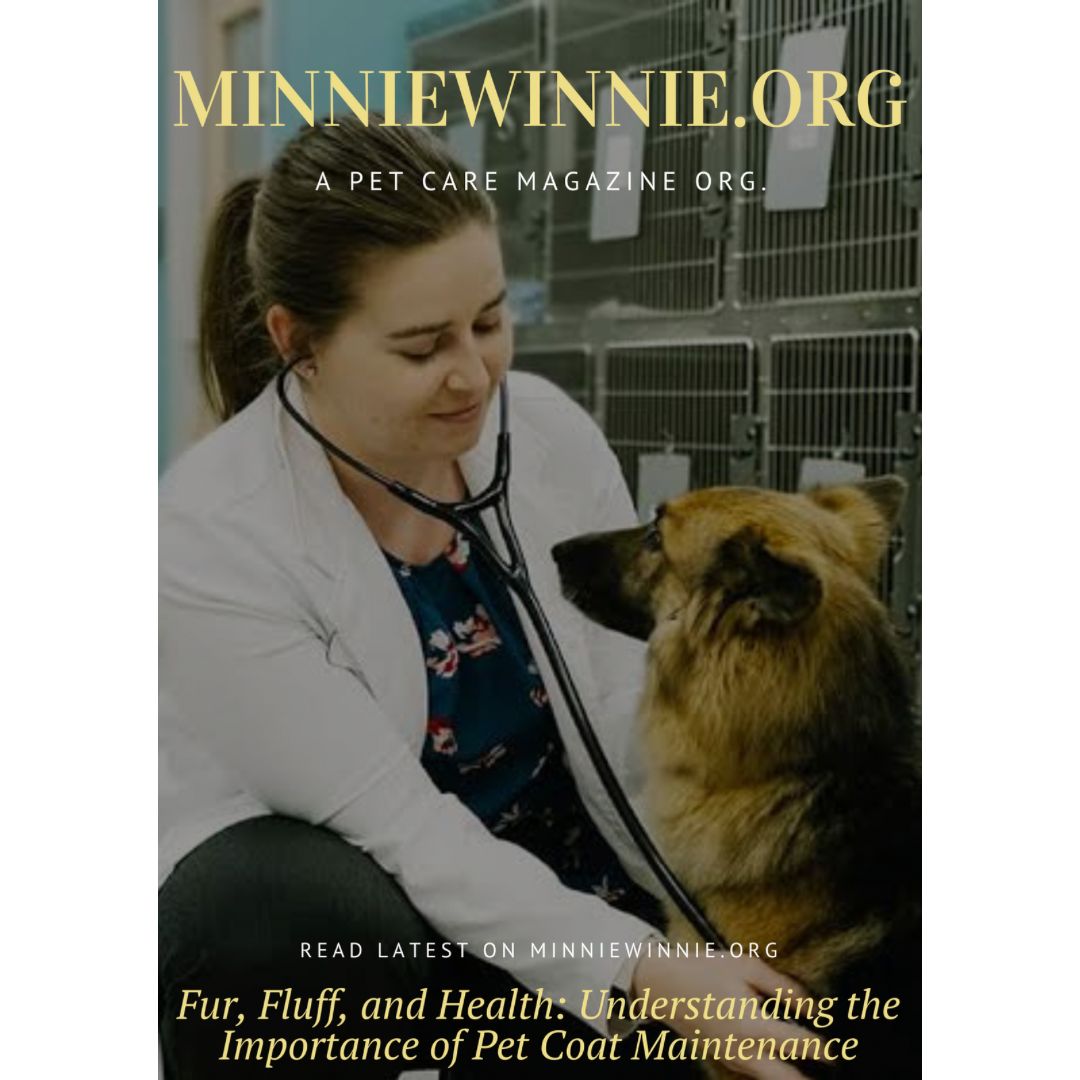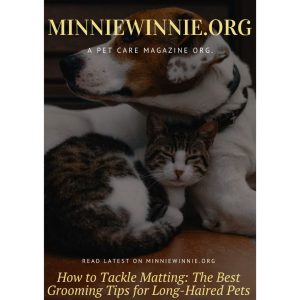Fur, Fluff, and Health: Understanding the Importance of Pet Coat Maintenance
Maintaining your pet’s coat is essential for more than just aesthetic reasons. It plays a critical role in their overall health and well-being. From preventing skin issues to managing allergies and ensuring comfort, a well-maintained coat is a key indicator of a pet’s health. This article delves into the importance of pet coat maintenance, providing insights and tips for keeping your furry friend’s coat in top condition.
1. Skin Health and Parasite Prevention
A well-maintained coat is the first line of defense against various skin issues and parasites. Regular grooming helps to distribute natural oils evenly across the skin, keeping it moisturized and less prone to dryness and irritation. It also allows you to check for signs of parasites like fleas and ticks, which can cause severe discomfort and lead to more serious health problems if left untreated.
Tips:
- Brush your pet regularly to remove loose fur, dirt, and debris.
- Use appropriate flea and tick prevention treatments as recommended by your veterinarian.
- Bathe your pet with a gentle, pet-friendly shampoo to keep their skin clean and free from irritants.
2. Prevention of Mats and Tangles
For pets with long or thick fur, mats and tangles can form if their coat is not regularly brushed. These tangles can become tight and pull on the skin, causing pain and discomfort. Severe matting can restrict movement and lead to skin infections.
Tips:
- Brush long-haired pets daily to prevent mats from forming.
- Use detangling sprays or conditioners to make brushing easier.
- If mats become too severe, seek professional grooming assistance to safely remove them.
3. Temperature Regulation
A pet’s coat helps regulate their body temperature. In colder weather, a thick, well-maintained coat provides insulation and warmth. In warmer weather, regular grooming can help remove excess fur, allowing better airflow and preventing overheating.
Tips:
- Adjust grooming routines based on seasonal changes.
- Trim long fur in the summer to keep your pet cool, but avoid shaving the coat entirely as it protects against sunburn and insects.
- Ensure your pet has access to shade and water, especially during hot weather.
4. Early Detection of Health Issues
Regular grooming sessions provide an opportunity to check for unusual lumps, bumps, or skin abnormalities that might indicate underlying health issues. Early detection of these problems can lead to prompt treatment and better outcomes.
Tips:
- Conduct a thorough examination of your pet’s skin during grooming sessions.
- Look for signs of redness, swelling, or unusual growths.
- Report any concerns to your veterinarian for further evaluation.
5. Reducing Allergens
Pets can carry allergens like pollen, dust, and dander in their fur, which can exacerbate allergies in sensitive individuals. Regular grooming reduces the amount of these allergens in your home, making it a more comfortable environment for everyone.
Tips:
- Brush your pet outside to prevent allergens from spreading indoors.
- Use an air purifier to reduce airborne allergens.
- Wash your pet’s bedding and toys regularly to minimize allergen buildup.
6. Bonding and Stress Reduction
Grooming is not just a physical necessity; it is also a bonding activity that can strengthen the relationship between you and your pet. Regular, gentle grooming can reduce stress and anxiety in pets, making them feel more secure and loved.
Tips:
- Use grooming sessions as a time to show affection and attention.
- Be gentle and patient, especially if your pet is not used to grooming.
- Reward your pet with treats and praise to make grooming a positive experience.
7. Improved Appearance and Smell
A clean, well-groomed pet looks and smells better, which can enhance the overall ambiance of your home. Regular grooming removes dirt and debris that can cause unpleasant odors and keeps your pet looking their best.
Tips:
- Bathe your pet as needed, based on their activity level and coat type.
- Use pet-safe grooming products that suit your pet’s specific needs.
- Regularly clean your pet’s ears, eyes, and teeth to maintain overall hygiene.
Conclusion
Understanding the importance of pet coat maintenance goes beyond the surface. It is a crucial aspect of your pet’s health and happiness. By incorporating regular grooming into your routine, you can prevent health issues, detect problems early, and create a stronger bond with your furry friend. Prioritize your pet’s coat maintenance to ensure they lead a comfortable, healthy, and happy life.










